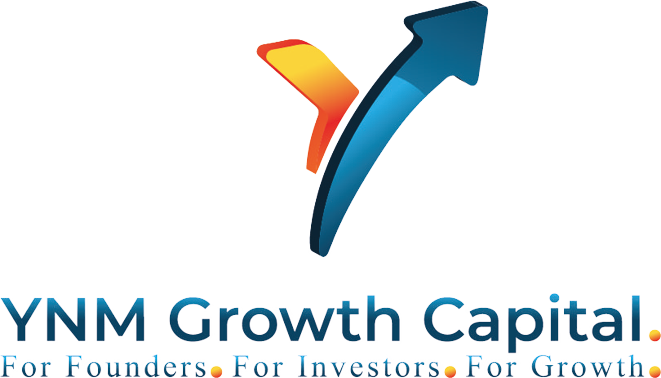Impact comes in all SHAPES and SIZES

Impact Investing: Not a Box, But a Continuum
At some point in the last decade, “impact investing” went from fringe to front row.
Once the reserve of philanthropic capital and idealistic pitch decks, it now sits across the table from institutional LPs, sovereign wealth funds, and seasoned GPs who can quote both IRRs and SDGs in the same breath. The trend is clear—capital is shifting towards intentionality.
But here’s the rub: many founders and investors still see impact investing as a binary choice. Either you’re in it for returns or you’re in it for good. You’re either Sequoia, or you’re the Gates Foundation.
That, if you’ll pardon the British understatement, is a terribly unhelpful oversimplification.
Having backed ventures across this evolving space—from climate tech to edtech to companies simply making work less awful—I believe it’s time to reframe how we talk about impact. It is not a label. It’s a continuum.
Understanding the Continuum
Impact investing today spans a wide spectrum—from pure philanthropic capital to profit-maximising funds with embedded ESG considerations. On this continuum, most real-world ventures live in the messy, compelling middle.
Let’s explore this with some informal categories:
1. Impact-First (but not Impact-Only)
These ventures place social or environmental impact at the very core. Think: carbon removal, affordable health diagnostics, refugee employment platforms.
They often sacrifice short-term scalability in favour of longer-term systems change. Investors here may accept concessionary returns—but only to a point. Think of it as capital with a conscience.
🔍 UK Example: Bethnal Green Ventures has carved out this space with skill, backing founders who target social returns with commercially viable models.
2. Dual Returns (or “Impact-as-Strategy”)
This is where most serious capital now flows. These ventures align impact with commercial upside—often inextricably so.
For instance, a company improving supply chain transparency isn’t just doing good; it’s responding to a regulatory and reputational need. Climate fintech? Often both a market opportunity and a moral imperative.
This camp includes funds that screen for ESG, push for diversity, or measure carbon intensity—not out of charity, but risk management.
🪙 Investor Note: This is where LPs increasingly want to be—mission-aligned without compromising returns.
3. Profit-First, Impact-Aware
This end of the spectrum looks much like traditional VC but with a more evolved lens. Think of it as capitalism with better manners.
These investors might not lead with impact, but they avoid actively harmful investments, nudge companies toward ESG best practice, and increasingly reward sustainable growth models.
To be clear: this isn’t greenwashing. It’s the quiet evolution of responsible capital.
⚖️ In Practice: Many large VCs now have ESG mandates—not out of guilt, but because talent, regulation, and consumers are demanding it.
Why This Matters (and Why Now)
If you’re a founder: this continuum matters because how you tell your story will determine who funds you. Frame your impact in commercial language, or your commercial model in impact language—depending on your audience.
If you’re an investor: clarity on where you sit—and where you don’t—builds trust with both founders and LPs. This isn’t about purity. It’s about positioning.
And if you’re both? Congratulations, you’re probably building the kind of venture that defines the next decade.
Some British Realism
Let’s not be twee about it. Not every SaaS for HR is saving the world. But not every solar startup is doomed to slow growth either.
Impact is neither a halo nor a handicap. It’s a dimension. And like all good dimensions, it’s best measured in nuance—not hashtags.
Final Thoughts
Impact investing is growing up. It’s no longer the realm of compromise, but of competitive edge. The best founders and funds are recognising that doing well and doing good are not mutually exclusive. In fact, they may soon be indistinguishable.
So next time someone asks, “Is this an impact deal?”, resist the urge to say yes or no. Instead, smile, and say:
“It depends where you stand on the continuum.”

